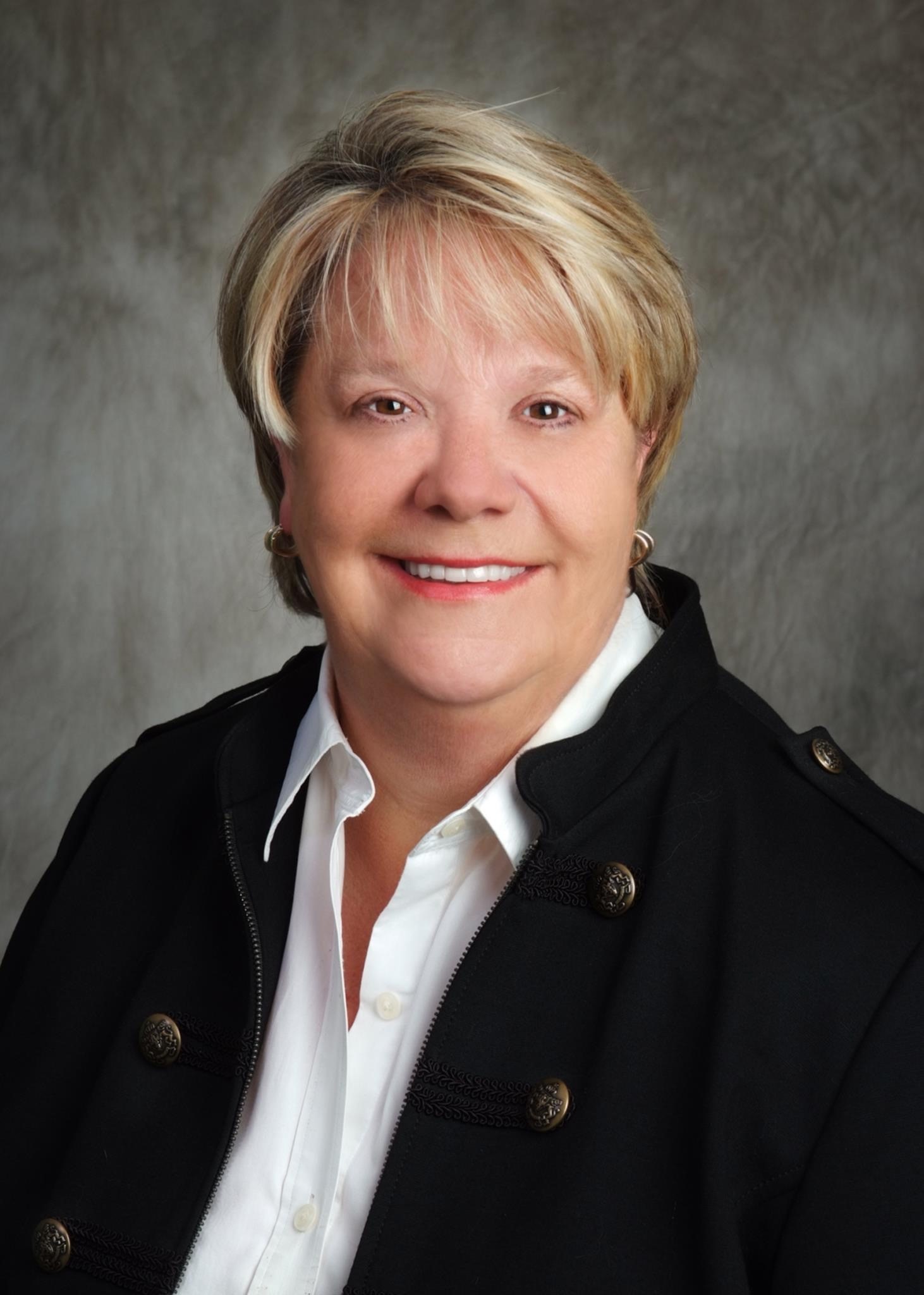- Find a DoctorDoctors by Specialty
- Cardiac Electrophysiology
- Cardiology
- Colon & Rectal Surgery
- Family Medicine
- Gastroenterology
- General & Vascular Surgery
- Gynecological Oncology
- Gynecology
- Infectious Disease
- Internal Medicine
- Interventional Cardiology
- Interventional Radiology
- Nephrology
- Neurology
- Neurosurgery
- Obstetrics & Gynecology
- Oncology
- Oncology & Hematology
- Orthopedic Surgery
- Otolaryngology
- Perinatology
- Psychiatry
- Pulmonary Medicine
- Radiation Oncology
- Rheumatology
- Sleep Medicine
- Thoracic Surgery
- Urology
- View All Doctors
- Our ServicesMedical Services
- Bariatric Services
- Behavioral & Mental Health
- Breast Care
- Cancer Care
- Critical Care
- Ear, Nose, & Throat
- Emergency Services
- Gastroenterology
- Glossary
- Heart Care
- Home Care
- Hospice & Palliative Care
- Imaging & Diagnostics
- Long-Term Care
- Nephrology
- Orthopedics
- Primary Care
- Rehabilitation Therapies
- Robotic-Assisted Surgery
- Sleep Services
- Spine Care
- Stroke Care
- Surgery Services
- Telehealth Services
- Urology
- Urgent Care
- Virtual Urgent Care
- Women’s Services
- Wound Care
- Our Locations
- Patients & Visitors
- About Us
 Pam Willis lived with pain in her left shoulder for many years. A retired Knoxville realtor, the 68-year-old now works part‐time at a women’s clothing store in Pigeon Forge, where she had trouble reaching clothes that were hanging higher up on the racks.
Pam Willis lived with pain in her left shoulder for many years. A retired Knoxville realtor, the 68-year-old now works part‐time at a women’s clothing store in Pigeon Forge, where she had trouble reaching clothes that were hanging higher up on the racks.
“I could lift my arm up to about my waist in front of me, parallel to the floor,” Willis says. “I had pretty much lost my range of motion.”
Like many people with arthritis shoulder pain, Willis had osteoarthritis that had developed over time, wearing away the cartilage padding inside her shoulder, causing friction and pain. Willis tried steroid injections several years ago with little success. She knew a shoulder replacement surgery could eventually be the answer but was reluctant to do it, and put it off for several years. In 2018 Willis began seeing orthopedist Bradley Jaquith, MD, at Fort Sanders Regional Medical Center. He gave her good advice: to wait until she was ready.
“At my first appointment with Dr. Jaquith, he said, ‘You’ll know when it’s time for surgery.’ It always stuck in my head that yes, it needed to be done, and no, it wasn’t going to get better. One day, I just decided I couldn’t do it anymore. So I called Dr. Jaquith and he got everything set up.”
Dr. Jaquith performed a “reverse total shoulder” replacement on Willis in January 2019, attaching the ball of the joint to the shoulder blade, instead of the standard upper arm (femoral) bone.
“A reverse shoulder replacement is when the orientation of the ball and socket are reversed, and the ball is on the socket side,” explains Dr. Jaquith. During the procedure, the ball of the joint is attached to the shoulder blade instead of the upper arm, as in traditional shoulder replacement. “This gives the joint more range of motion and more power in the arm. It looks totally normal, of course. Even on the inside it looks close to normal, but the ball and socket are reversed.”
Willis spent just one night at Fort Sanders Regional and said she received excellent care.
“I couldn’t have asked for a better team,” says Willis. “The Fort Sanders Regional staff was awesome and very attentive. If I had to go back through this again, I wouldn’t go anywhere else.”
Willis’ healing progressed quickly. “Within weeks of surgery, I called my manager and said, ‘I’ve got to come back to work. I need something to do!’” she said with a laugh. “I couldn’t lift anything, but I went back to work in a sling. I had it monogrammed so I could ‘glam it up’ a bit.”
Willis says she now has no pain, and has renewed strength and mobility in her arm.
Dr. Jaquith says the reverse shoulder replacement procedure has become more common than a standard replacement, especially in older patients. And, he adds, people of all ages can have a shoulder replacement successfully.
Willis says she would recommend Dr. Jaquith and Fort Sanders Regional to anyone facing shoulder replacement surgery. “I am a huge fan of Dr. Jaquith! He made sure I understood everything about the surgery. I was in really in good hands, and I am very, very grateful to him.”
























